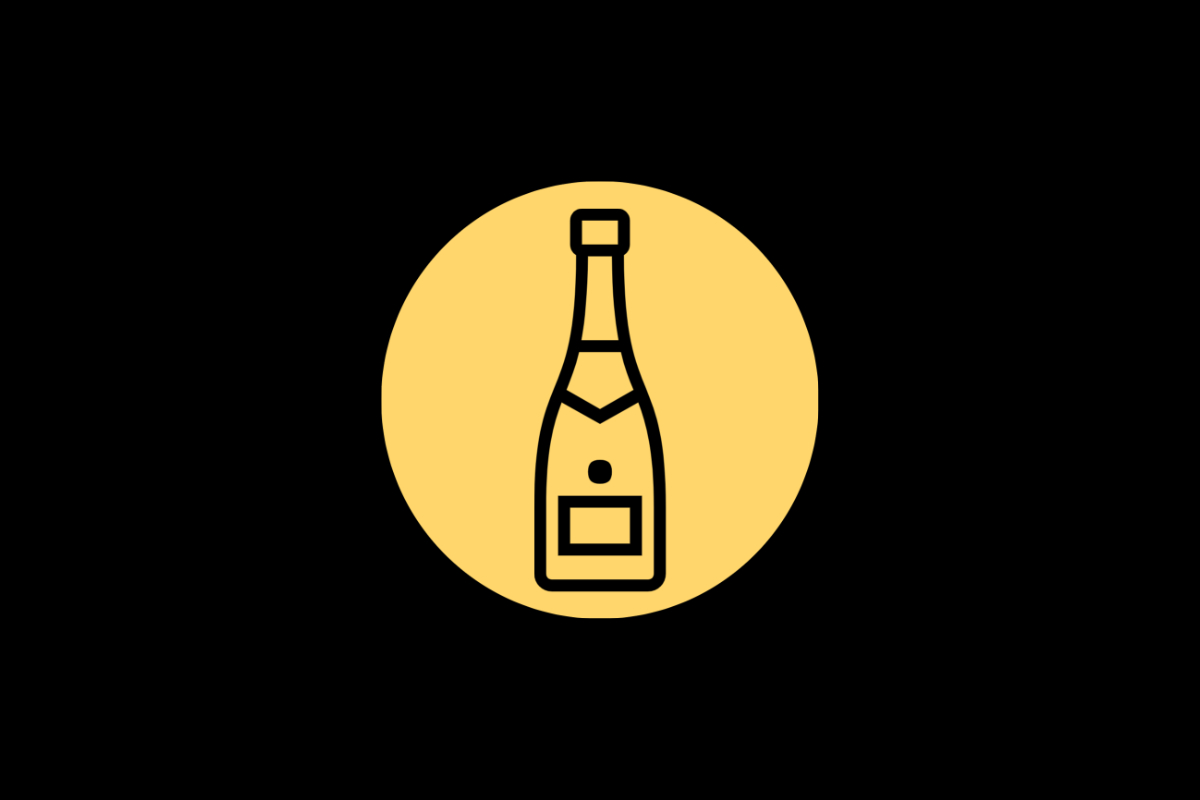The Dark Side of Champagne Yeast: Killer Yeast and How to Avoid It
When we think of champagne yeast, we often associate it with the luxury and sophistication of sparkling wine. However, there is a dark side to this popular yeast strain that many people are unaware of: killer yeast. In this article, we will explore what killer yeast is, how it affects champagne yeast, and provide tips on how to avoid it.
What is Killer Yeast?
To understand what killer yeast is, we first need to know what yeast is. Yeasts are single-celled fungi that are used in various food and beverage industries, including baking and winemaking. Yeast cells consume sugar and produce carbon dioxide and alcohol through fermentation. There are many different strains of yeast, each with their unique characteristics and fermentation properties.
Killer yeast is a specific type of yeast strain that is known for its ability to kill off other yeast strains, including champagne yeast. It does this by releasing toxins that damage the cell walls of other yeast cells, causing them to break open and die off. Killer yeast itself is not harmful to humans, but its effect on other yeast strains can be detrimental in winemaking and other industries that rely on yeast for fermentation.
How Does Killer Yeast Affect Champagne Yeast?
Champagne yeast is a popular strain of yeast used in sparkling wine production. Its ability to ferment at low temperatures and withstand high alcohol levels makes it ideal for creating the signature bubbles and crisp flavors in champagne.
However, champagne yeast is also highly susceptible to killer yeast. This is because killer yeast is capable of killing off champagne yeast, thereby compromising the fermentation process. If killer yeast invades a batch of champagne during fermentation, it can quickly overtake the champagne yeast, leading to incomplete fermentation and spoiled wine.
How to Avoid Killer Yeast in Champagne Yeast
While killer yeast cannot be entirely avoided, there are several steps that winemakers can take to minimize its impact on champagne yeast. Here are some tips:
Use Pure Strains of Champagne Yeast
Using pure strains of champagne yeast can help prevent contamination by killer yeast. These strains are often sold by reputable suppliers and can be verified through laboratory testing for purity.
Maintain Proper Hygiene and Sanitation
Good hygiene and sanitation practices are crucial for preventing the growth and spread of killer yeast. Winemakers should ensure that all equipment, tools, and facilities are regularly cleaned and sanitized to eliminate any potential breeding grounds for killer yeast.
Monitor Fermentation Conditions
Regular monitoring of fermentation conditions such as temperature, pH levels, and alcohol content can help detect any signs of killer yeast growth early. If killer yeast is detected, the winemaker can take immediate action to prevent its spread.
Use Killer Yeast Resistant Yeasts
Some yeast strains are naturally resistant to killer yeast, making them desirable for use in winemaking. These strains can be used in conjunction with champagne yeast to help prevent killer yeast contamination.
Conclusion
While champagne yeast is an essential component of sparkling wine production, it is not immune to the harmful effects of killer yeast. Winemakers must take steps to minimize the impact of killer yeast on their champagne yeast strains to ensure consistent, high-quality wine production. By practicing good hygiene and sanitation, using pure strains of champagne yeast, monitoring fermentation conditions, and using killer yeast-resistant yeast strains, winemakers can help prevent killer yeast from spoiling their champagne batches. Remember, prevention is always better than cure, so take proactive steps to protect your champagne yeast from killer yeast.
